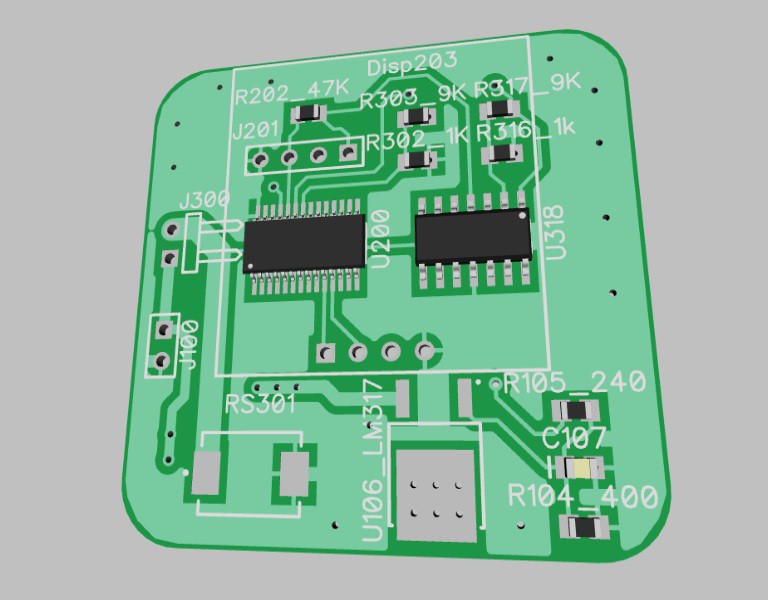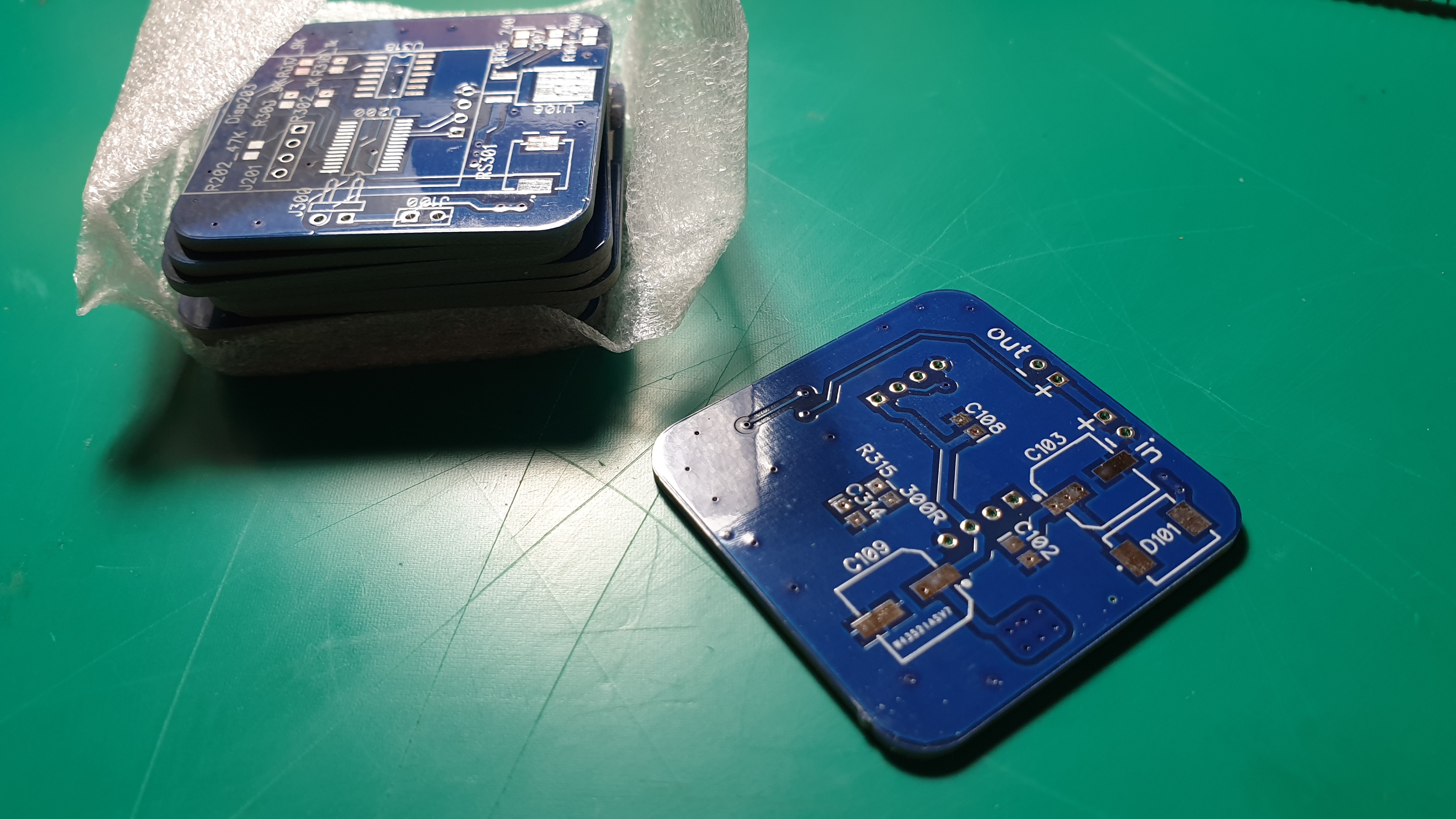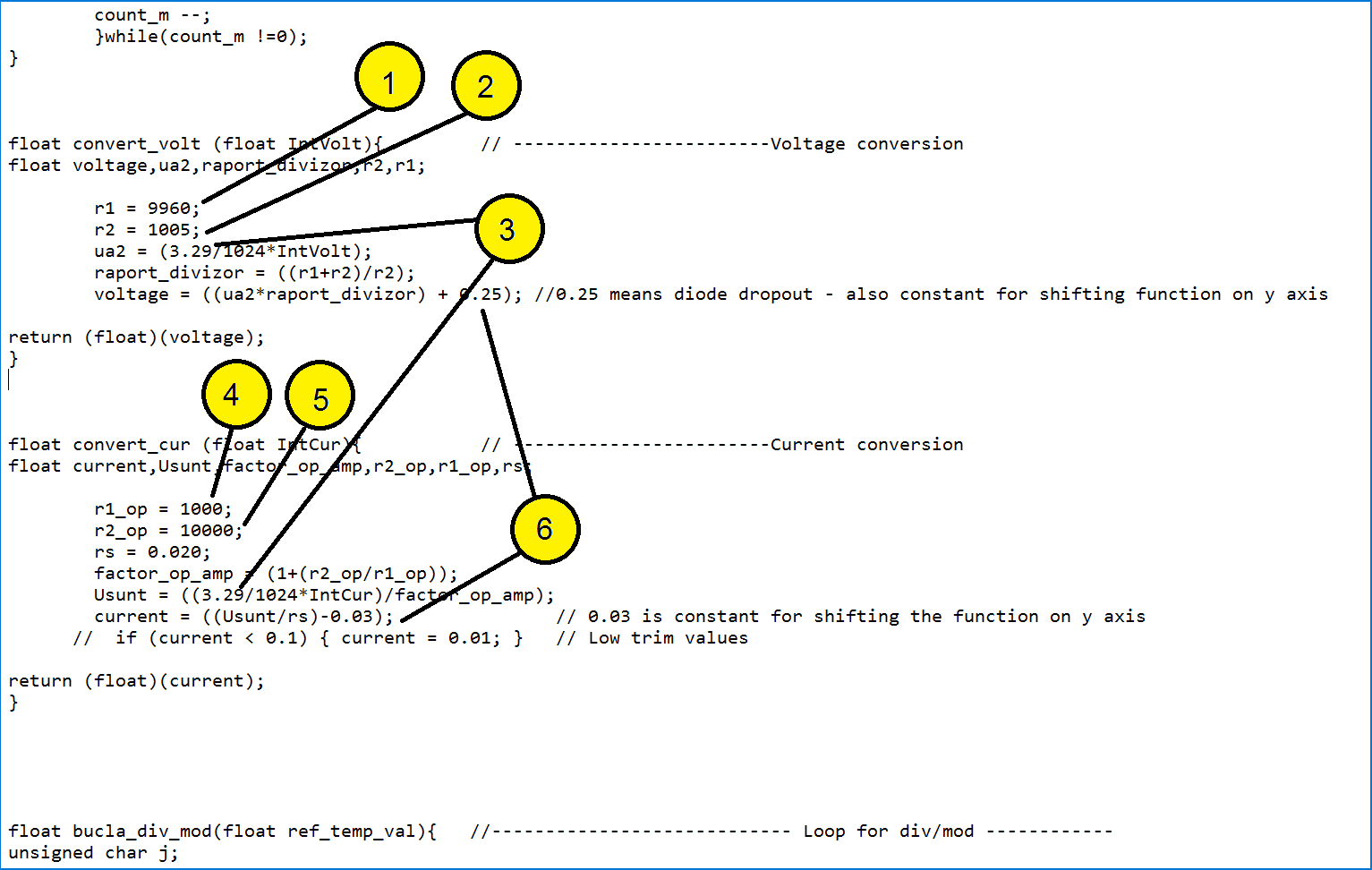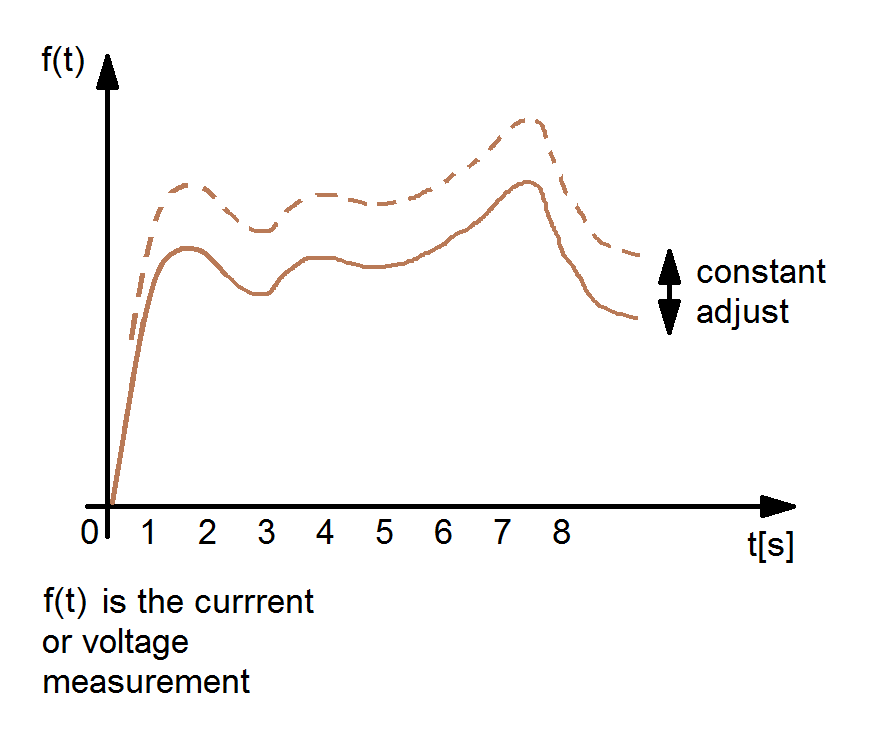-
1Ordering PCBs
I ordered my PCBs from PCBway.com
If you want to replicate this project, just send them the provided gerber files and they can send you the PCBs through mail anywhere in the world. I've been working with them for a long time now and they proved to be very reliable and trustworthy.
![]()
![]()
-
2How to calibrate
Find this section in the firmware:
![]()
It basically helps if your sw declared values of the components are matching the real values. So aside from the fact that I recommend using 1% components for the voltage divider and the OpAmp resistors, please take the most precise multimeter that you have laying around and measure the actual values of the components.
1) Measure and declare the proper value of R303. It must be 10K, but you can declare the actual value here.
2) Measure and declare the real value of R302.
3) Measure and declare the input voltage of the MCU. It should be around 3.3, but in reality you could find it to be 3.2 or 3.42. Write down the real value here.
4) Measure and declare the R316 here.
5) Measure and declare the R317 here.
6) Finally compare the actual readings of your panel meter with a lab calibrated industrial multimeter. Write down the error. Then you can subtract the error here. Adjusting these constants will translate the measurements in the f(t) axis of the graph.
![]()
-
3How to flash it
Like most of my MSP430 microcontroller projects, this one flashes in the same manner. Probably the most explicative sheet is the "added firmware" log inside the "Cookie Jar clock of passion" project.
https://hackaday.io/project/175830/logs
I use the MSP430 LaunchPad as you can see in this link. For all of my projects I used IAR Embedded Workbench as the programming environment.
 Marius Taciuc
Marius Taciuc



Discussions
Become a Hackaday.io Member
Create an account to leave a comment. Already have an account? Log In.
I love this project, I have been looking to do something similar without having to run it off an arduino board.
I have a power supply that has four outputs: +3.3, +5, +12, -5 I would like adapt this to monitor/display the 3 positive voltages.
Are you sure? yes | no